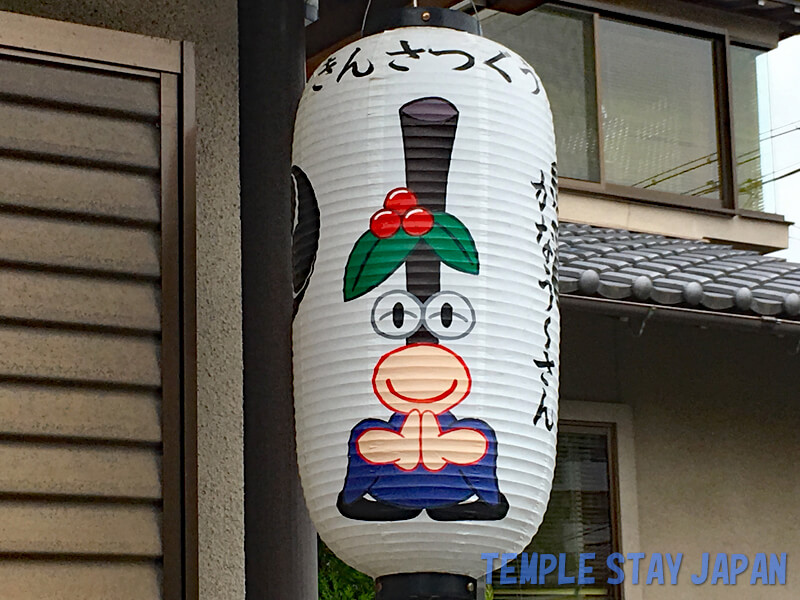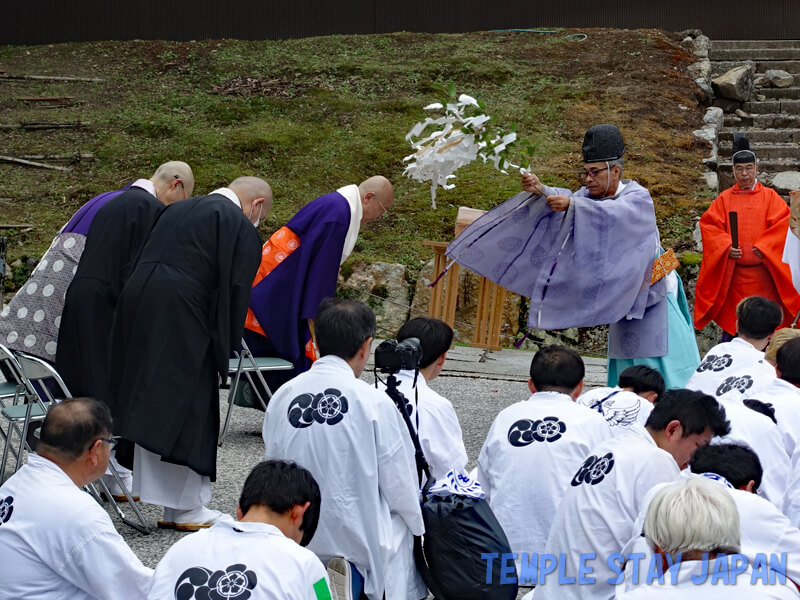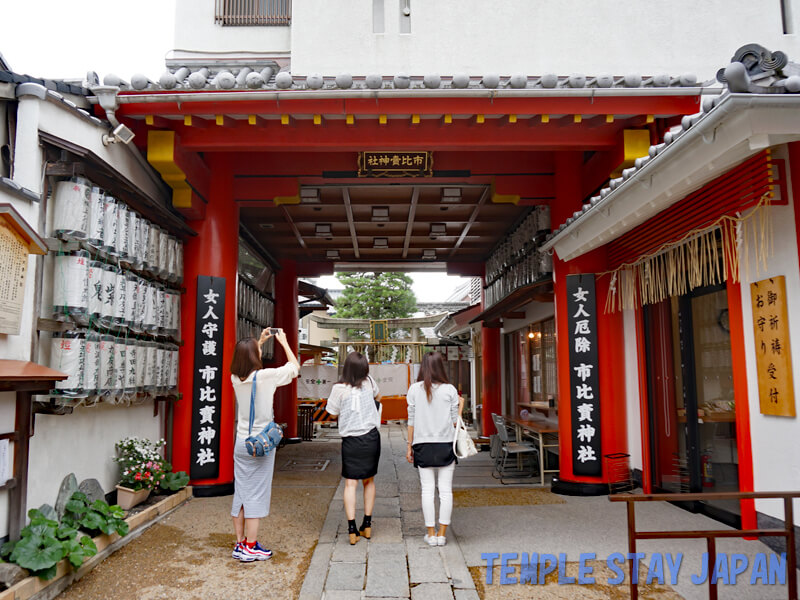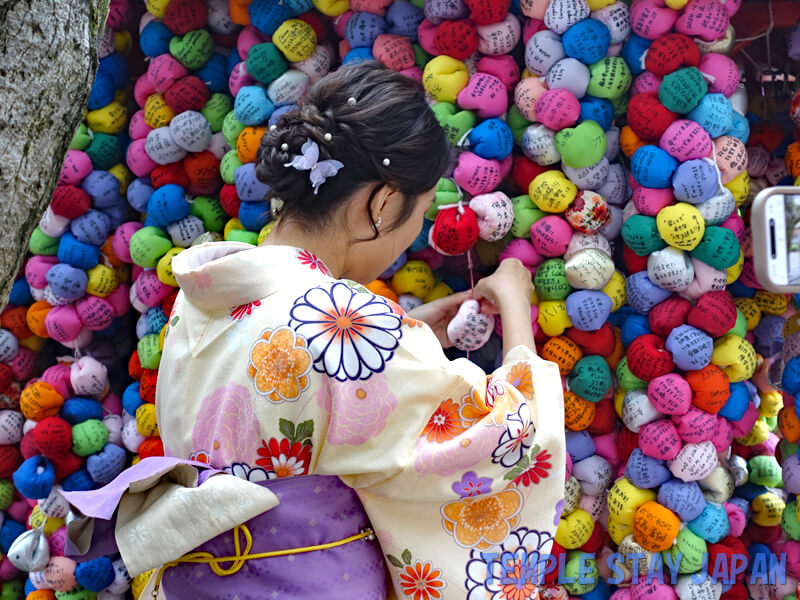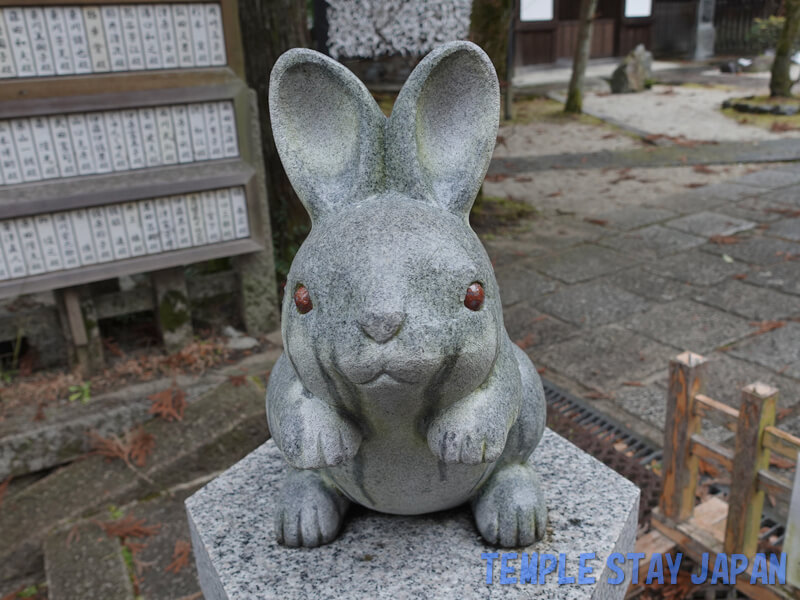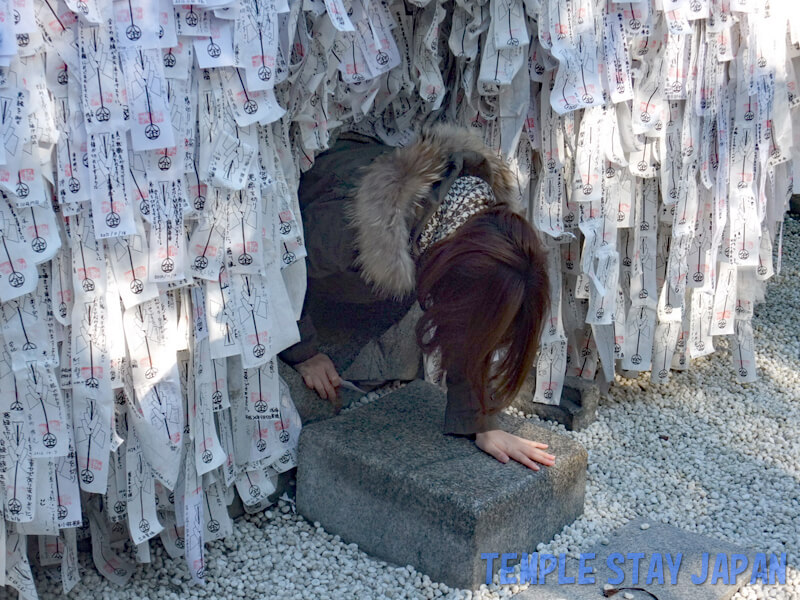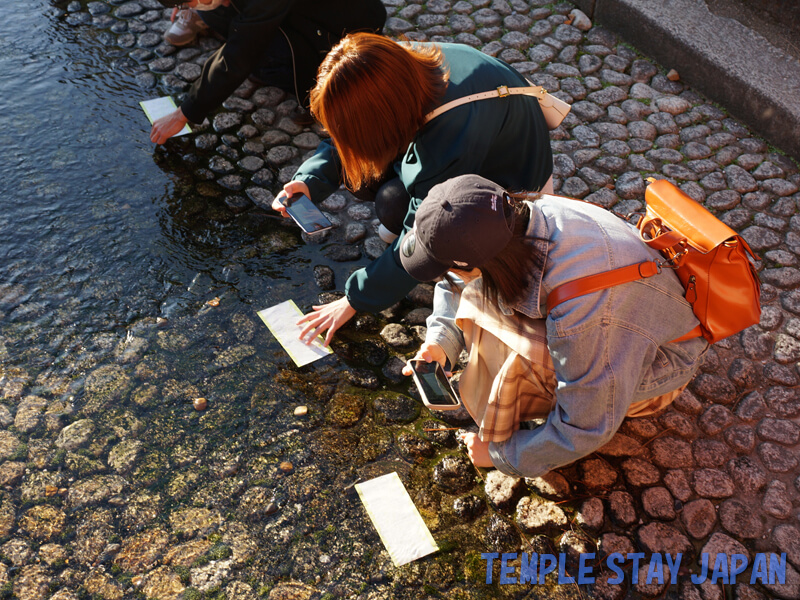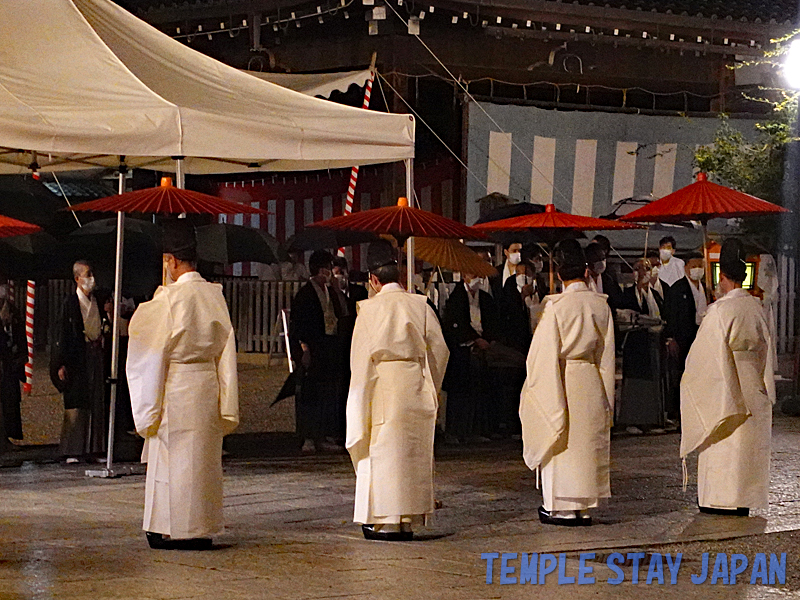Kansai– category –
-

Kinsatsugu shrine (Kyoto) Increased financial luck
It is one of the oldest shrines in Fushimi Ward, Kyoto City. The shrine's character, "Kanau-san," is the spirit of the Kurogane Mochi. This name means wishes come true. It has red berries on its head. The sacred tree, Kurogane Mochi (Kurogane holly), contains the word for rich in Japanese. -

Awata-Jinja shrine (Kyoto) Touken Ranbu shrine
This shrine was enshrined in 876. It is located at one of the seven entrances to Kyoto and is said to provide protection for those setting out on their journey. Kaji Shrine, located in the parking lot, is dedicated to a swordsmith. Fans of the popular game "Touken Ranbu" visit the shrine and leave votive wooden tablets. -

Ichihime-Jinjya shrine (Kyoto) Guardian of Women
Ichihime-Jinjya Shrine was founded in 795. This shrine is believed to be the guardian deity of women, and many people come to pray there. There were some charms that seemed to be inspired by princesses from the past. This one had a fortune slip inside. After reading it, I wrote down my wish and offered it to the shrine. -

Yasaka-Koshindo temple (Kyoto) Colourful monkey dolls
Yasaka Koshindo was built over 1000 years ago.Because monkeys move around a lot, they are also said to be symbols of desire. For this reason, there was a custom of tying the hands and feet of monkey dolls. Nowadays, people write their wishes on colorful monkey dolls and tie them on them. -

Okazaki-jinja Shrine (Kyoto) Rabbits that grant wishes
Okazaki-jinja Shrine was built in 794, the same year the city of Kyoto was founded. Rabbits are said to be messengers of gods. There are many rabbit statues in the precincts. Rabbits are said to bring blessings for safe childbirth because they give birth to many young. -

Yasui-Konpiragu shrine (Kyoto) Prayer for severing ties
Yasui-Konpiragu Shrine was founded between 668 and 671. This shrine is famous for severing ties. There is a stone in the precincts where people pray for severing ties and finding love. You pass through from the front to the back while praying to cut ties. -

Shimogamo-jinja shrine (Kyoto) Forest and Water Shrine
Shimogamo-jinja is a shrine with a long history, first mentioned in records as far back as 90 BC. The two main buildings are designated as Japanese national treasures. The forest within the shrine grounds covers an area of 124,000 square meters, and ancient vegetation still remains. -

Kiyomizu-dera temple (Kyoto) Building on a cliff
Kiyomizu-dera Temple was founded in 778. There are over 30 buildings within the temple grounds, including national treasures and important cultural properties. The most popular attraction at Kiyomizu-dera Temple is the stage in front of the main hall. It is built on a cliff and is 13 metres (42.65 feet) high. -

Fushimi-Inari shrine (Kyoto) Red Torii gates Tunnel
Fushimi-Inari is the head shrine of the 30,000 Inari shrines throughout Japan. It is said to grant good fortune in bountiful harvests, prosperous business, and safety in the home. Fushimi Inari is famous for the countless red torii gates lined up in a row. There are also wishing stone. -

Yasaka-jinja shrine (Kyoto) Praying for beauty and love
Yasaka Shrine is an ancient shrine that dates back to before 794, when the city of Kyoto was founded. It is the head shrine of the approximately 2,300 Yasaka shrines in Japan. The main hall is the largest of its kind among shrine buildings and is designated a national treasure. Yasaka Shrine has two popular sub-shrines.

